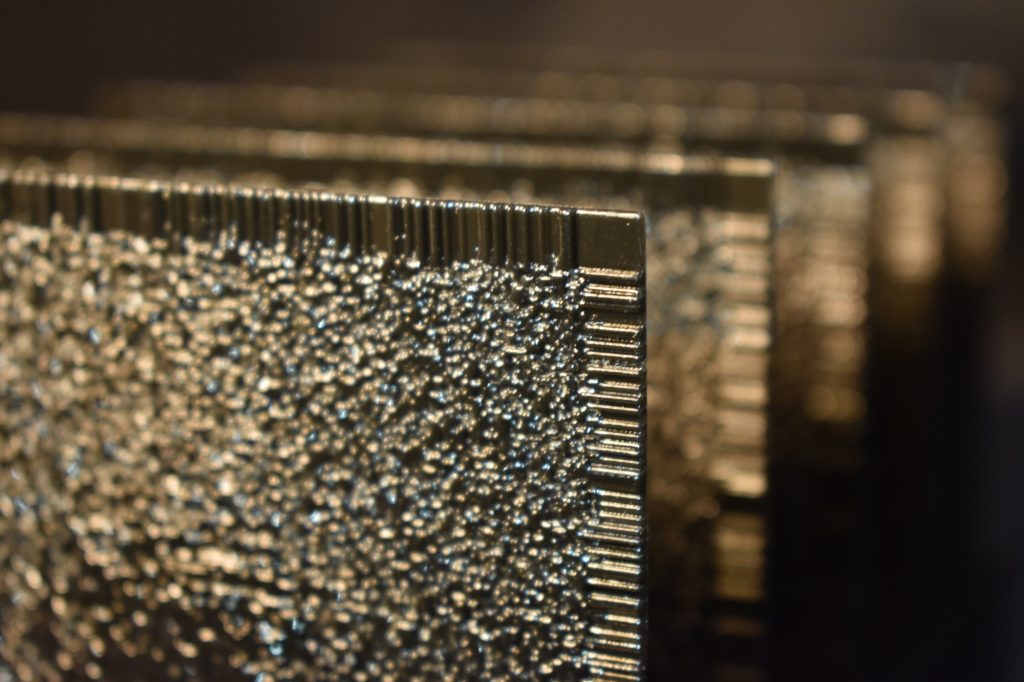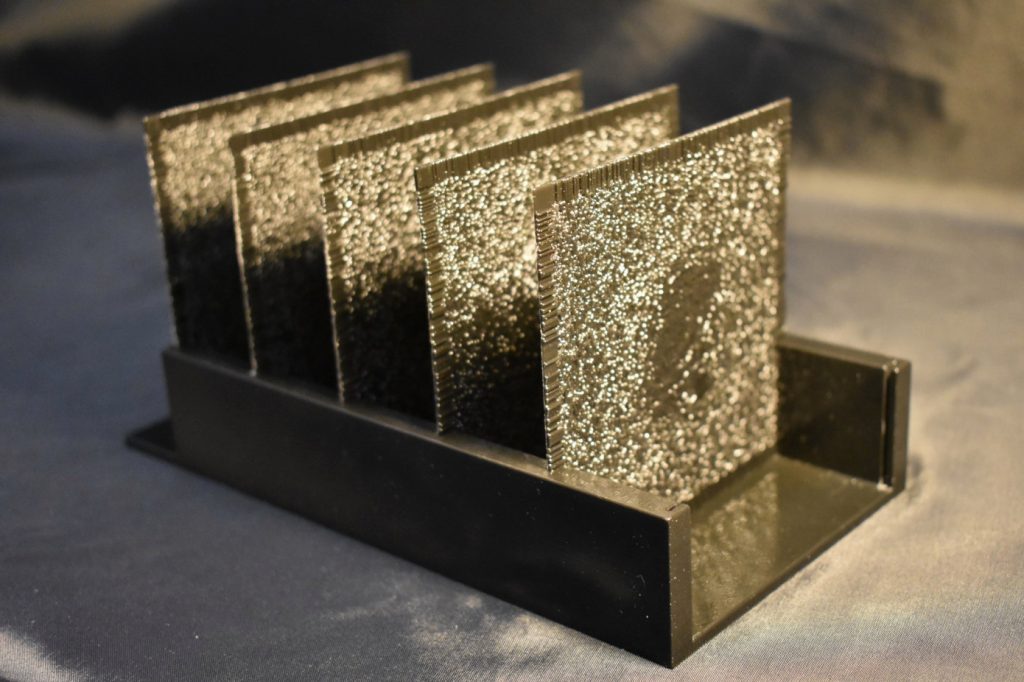Today, you will find 3D printers in the most surprising places—and all over the world. Not only that, but they are often busy doing the most surprising things for the human race. If you have been following 3D printing for even the shortest amount of time, then you may have learned to continually expect the unexpected. Machine learning and data calculations are perfect examples of this as they are now being applied in 3D via a new artificial intelligence system that performs its work through bending light.
AI is built on looping calculations of numbers and data that ultimately result in recognition. As UCLA researchers discovered, they can actually translate this into physical form through 3D printing with the accompaniment of light. Working with the premise of 3D printing that is built on layers, the researchers are able to make transparent diffraction patterns, ‘reflecting’ data in a neural network. Their work was recently published in a paper titled ‘All-optical machine learning using diffractive deep neural networks,’ by Xing Lin, Yair Rivenson, Nezih T. Yardimci, Muhammed Veli, Yi Luo, Mona Jarrahi, and Aydogan Ozcan.
“Deep learning has been transforming our ability to execute advanced inference tasks using computers,” state the researchers in their abstract.
They are able to establish this with a diffractive deep neural network, also known as a D2NN architecture—and one that is able to perform functions based on the collective diffractive layers.
“We create 3D-printed D2NNs that implement classification of images of handwritten digits and fashion products as well as the function of an imaging lens at terahertz spectrum,” state the researchers. “Our all-optical deep learning framework can perform, at the speed of light, various complex functions that computer-based neural networks can implement, and will find applications in all-optical image analysis, feature detection and object classification, also enabling new camera designs and optical components that perform unique tasks using D2NNs.”
The team used their unique learning model to recognize numbers that were written out by hand, afterward converting the matrix math into a data series related to ‘optical transformations.’ Each layer contributes to creating this data with the use of light, refocusing and adding values. This process involves millions of optical transformations on the 3D printed plates, with the system translating light into numeric values; in fact, the researchers report that with the 3D-printed D2NNs they are having a 90 percent success rate!
While the process is still being refined by the research team, it could be relevant to numerous applications in the future due to the flexibility of such calculation tools. It could be used to read letters instead of numbers too, as well as offering facial or other types of physical recognition. Find out more about this research or order the article for further reading here.
Discuss this article and other 3D printing topics at 3DPrintBoard.com.
[Source / Images: TechCrunch]Subscribe to Our Email Newsletter
Stay up-to-date on all the latest news from the 3D printing industry and receive information and offers from third party vendors.
Print Services
Upload your 3D Models and get them printed quickly and efficiently.
You May Also Like
Metal Powder Supplier Elementum 3D Added to $46B Air Force Contract
Elementum 3D, a Colorado-based developer and supplier of metal powders used in additive manufacturing (AM), announced that the company has been added to the vendors list in the fourth on-ramp...
Ursa Major Lands $28.6M AFRL Deal for 3D Printed Draper Engine Flight Demo
The US Air Force Research Laboratory’s (AFRL’s) Rocket Propulsion Division at Edwards Air Force Base has awarded a $28.6 million contract to Ursa Major for follow-on work related to the...
3D Printing Financials: Rocket Lab’s Record-Breaking Year and Over 20 Launches Coming in 2025
Rocket Lab (Nasdaq: RKLB) closed 2024 with its best year yet. The company launched more rockets, signed more contracts, and expanded deeper into spacecraft and satellite production than ever before....
US Air Force Taps Beehive to Study 3D Printed Jet Engines
Propulsion 3D printing firm Beehive Industries secured a contract from the U.S. Air Force Life Cycle Management Center through SOSSEC. SOSSEC is a company that manages Other Transactions Authority (OTA)...




































